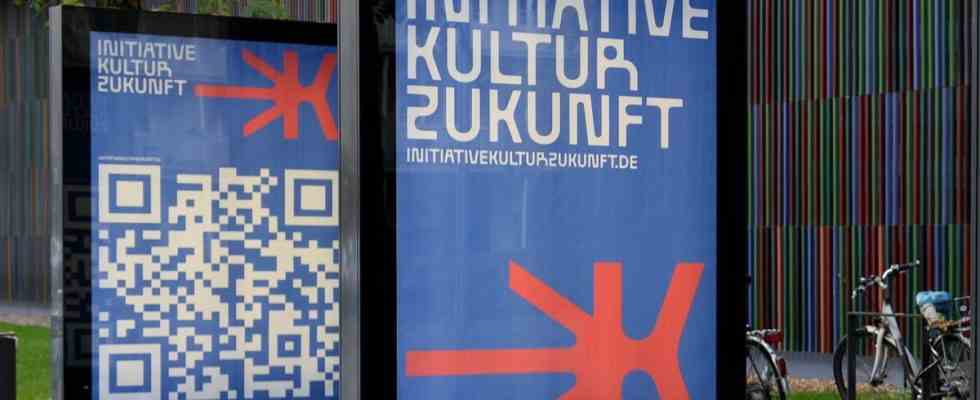“All cultural buildings built in Germany after the war need to be completely renovated,” explains Swiss urban planner Regula Lüscher at a panel discussion hosted by the “Initiative Kulturzukunft Bayern” at the Künstlerhaus on Lenbachplatz.
After the civic association of culture-promoting circles of friends discussed, among other things, the economic benefits of culture in January, they are now asking what publicly financed culture must do for society. Because just the basic renovations, of which the town planner Lüscher speaks, cost society hundreds of millions, if not billions, per building.
Because the renovations are so expensive anyway, she asks: “Are we only allowed to refurbish these buildings, or do they also have to be rebuilt, supplemented and thus updated for the 21st century?” In fact, she sees it as an opportunity. In addition, in her opinion, cultural centers should be integrated into city life in such a way that they also function as everyday places far removed from their cultural significance. Because of course these are also the landmarks of a city.
The extent to which the Guggenheim Museum upgrades the northern Spanish city of Bilbao is explained by the term “Bilbao Effect” that came from it. But for Lüscher, museums and theaters must also be places that people use to enjoy the view, for example from the accessible roof of the Oslo Opera House.
The offer is expanding, but fewer and fewer people are using it
In this context, she praises the alternative quarters HP8 for the Gasteig, which is in need of renovation. Here, a cross-cultural offer would also reach people who are not interested in the high culture that is also offered there. In doing so, she agrees with the cultural sociologist Vera Almanritter, who, as head of the Institute for Cultural Participation Research, is examining why on the one hand leisure and cultural offers are expanding, but on the other hand fewer and fewer people are using such offers. Many, especially younger people, do not see themselves represented in the cultural institutions. Be it because there are too few online offers that pick them up in their living environment, or because their frequent migration background is not appreciated in those houses.
That’s why Almanritter recommends data-based work: “How are you supposed to reach people if you don’t even know who is there?” she asks, adding that it is of course also necessary to check what is keeping non-visitors away. But because culture also safeguards democracy, Marion Glück-Levi from the Bavarian State Association for Cultural Education expects it to be promoted not only as a flagship project in the big cities, but also across the board in small communities. After all, as confirmed by the President of the Bavarian Constitutional Court, Hans-Joachim Hessler, the cultural state of Bavaria is a state goal explicitly formulated in the Bavarian constitution.

